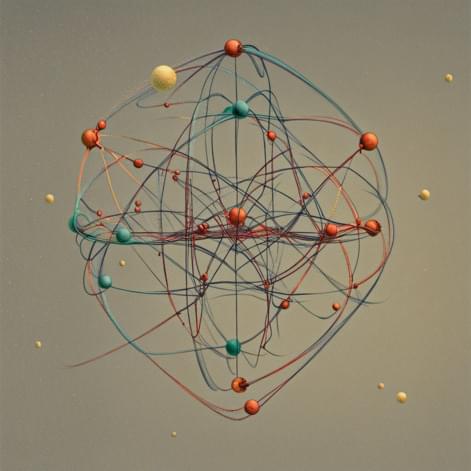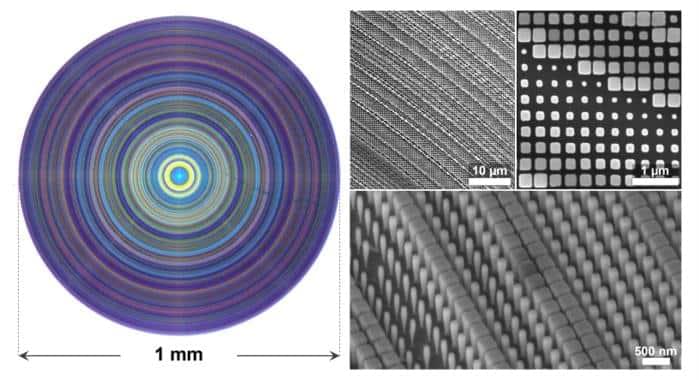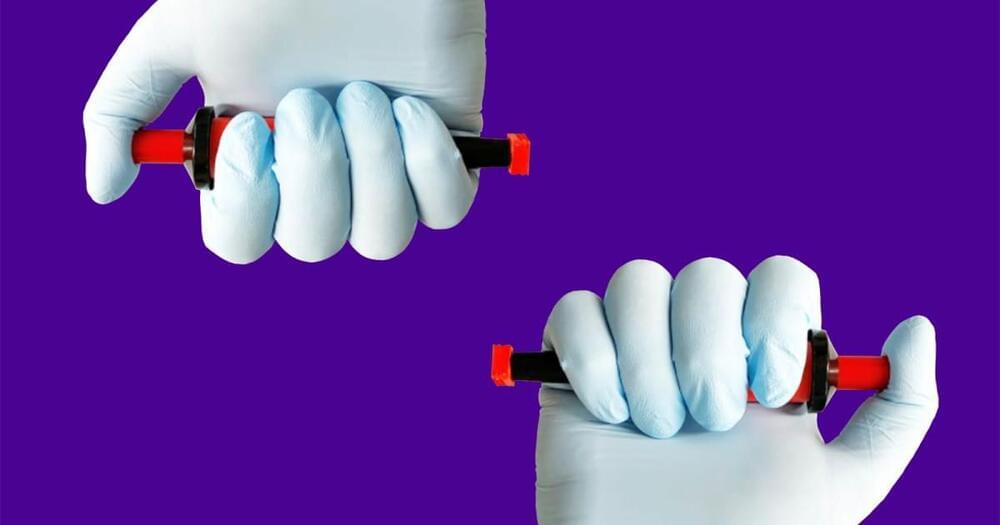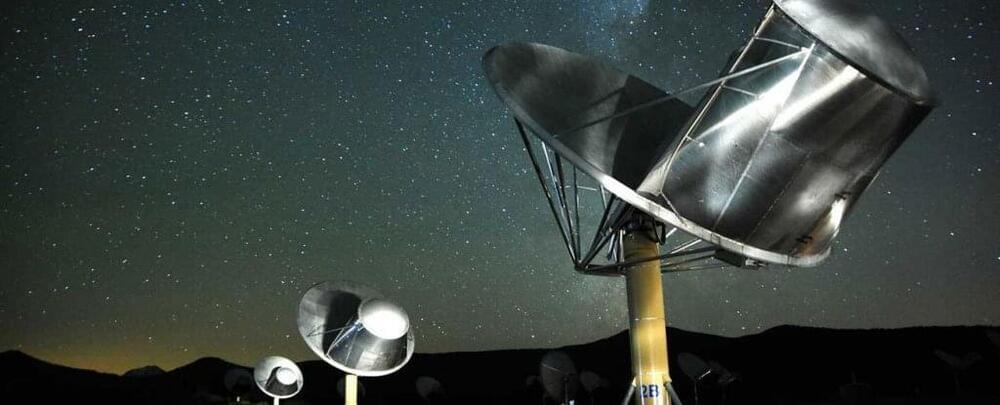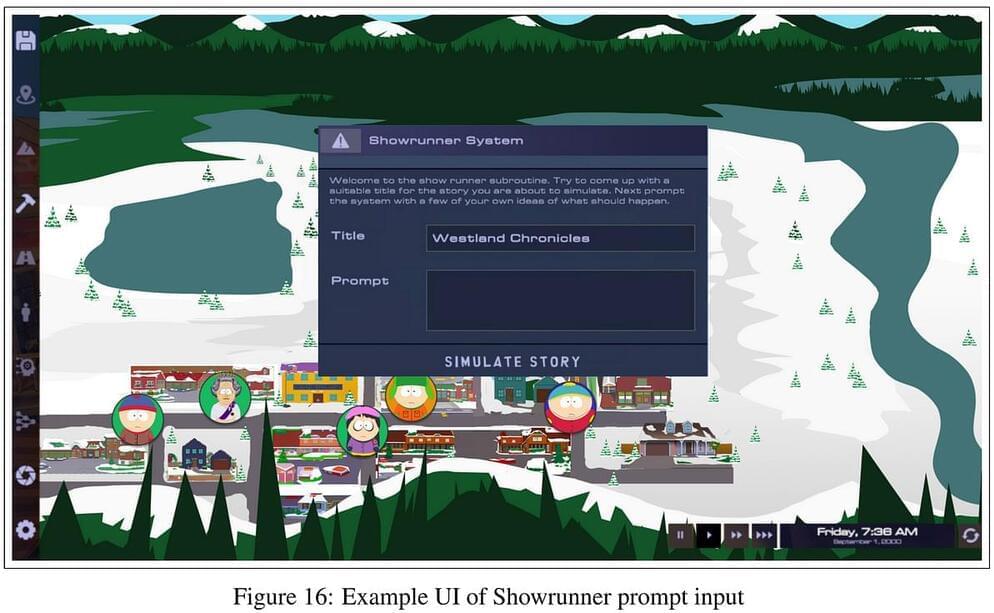A University of Chicago-led team found a computational problem that showed entanglement is responsible for quantum speedups.
Ultrathin optical elements known as meta-optics can reduce the tip length of endoscopes, which is one of the limiting factors of these medical devices. That’s the latest finding from researchers at the University of Washington, who used an inverse design approach to downsize the tip length by a third. They also demonstrate that the endoscope can capture video in real time over the full visible spectrum, something that has proved difficult with previous approaches.
Endoscopy involves inserting a long, flexible tube (consisting of a camera and a light guide) into the body to obtain images of internal tissues. In existing devices, the tube is tipped with a rigid optical component, the length of which is a fundamental limitation to the device being able to travel through small convoluted ducts such as arteries.
In principle, this problem can be solved by making an endoscope from just a single optical fibre or a bundle of fibres, but the snag here is that some of the light travelling down the fibres is scattered by defects and gets distorted beyond recognition. It cannot therefore be reconstructed to obtain an accurate image. Such devices are also limited to short working distances.
Georgia Tech researchers have transformed a standard BBQ lighter into a delivery system that uses an electric spark to boost DNA vaccines — and it could help increase global access to a cheap, powerful new vaccine technology.
mRNA vs. DNA vaccines: DNA vaccines deliver a bit of genetic code that tells cells in the body to make a protein from a specific virus or bacteria. That triggers the immune system to create antibodies against that protein that will protect you if you’re ever infected by that particular pathogen.
This is exactly how mRNA vaccines work, too, and just like mRNA vaccines, DNA-based shots are relatively cheap to produce and easy to change to make new vaccines — but the way mRNA and DNA vaccines get their genetic instructions into cells is different.
Join us on Patreon! https://www.patreon.com/MichaelLustgartenPhD
Discount Links:
At-Home Metabolomics: https://www.iollo.com?ref=michael-lustgarten.
Use Code: CONQUERAGING At Checkout.
NAD+ Quantification: https://www.jinfiniti.com/intracellular-nad-test/
Use Code: ConquerAging At Checkout.
Epigenetic Testing: https://trudiagnostic.com/?irclickid=U-s3Ii2r7xyIU-LSYLyQdQ6…M0&irgwc=1
The music you listen to creates specific brain patterns that AI can use to generate that same sound. Here’s how.
The search for alien life has always been hampered by the huge racket that Earth generates, rendering it difficult to tease out alien signals from all the local noise.
But a new method for recognizing radio signals traveling through interstellar space could narrow the search considerably.
“I think it’s one of the biggest advances in radio SETI in a long time,” says astrophysicist Andrew Siemion, a co-author of a paper describing the technique and director of the Berkeley Search for Extraterrestrial Intelligence (SETI) Research Center.
The Death of Summer
Posted in futurism
We should not be surprised if such changes occur. Summer was not always about the seaside and sunbathing. True, there is a long tradition, dating back at least to the Romans, of leaving the city for the seashore in the summer months. Baiae, on the northern tip of the Gulf of Naples, was a favorite haunt of the emperors Augustus, Nero and Caligula. (According to Seneca the Younger, it was a “harbor of vice.”) But activities such as swimming in the sea and stripping semi-naked to lie on the beach are of quite recent provenance.
Moreover, the seaside is not an appealing summer location in much of the world. No sweat-soaked imperial civil servant in British-ruled India would have chosen the Bay of Bengal as his preferred holiday destination. The only way to escape the heat of the summer was — as Rudyard Kipling described — to flee the plains and head northwards to Himalayan “hill stations” such as Simla.
Now that summer in more and more of the world is as searingly hot as India in Kipling’s time, we are all going to have to take a leaf out of his book. The hill station is coming back, and this time it’s global.
Since launching in July 2017, the Model 3 from Tesla Inc TSLA has been one of the bestselling electric vehicles of all time.
A recent Bloomberg survey reveals how Model 3 owners have felt about the company over time — and Tesla CEO Elon Musk might not love the results.
What Happened: The Model 3 and Model Y continue to be Tesla’s bestselling models and big reasons why the company has dominated the market share for electric vehicles around the world.
An intriguing new artificial intelligence project called “The Simulation” is exploring the possibility of autonomously creating new episodes of the hit animated series South Park. Researchers from Fable Studios have published a paper detailing their approach, which combines multi-agent simulations, large language models, and custom visual generation systems.
The goal is to develop an AI “showrunner” agent that can generate high-quality, customized story content aligned with the style, characters, and sensibilities of South Park. The system would allow users to essentially “program” their own new episodes by providing high-level prompts and guidance.
Key to the approach is the use of a simulated South Park world, populated by digital versions of characters like Cartman, Kyle, and Stan. This provides context and backstory to seed the creative process. Users can influence events and character behaviors within the simulation to set up storylines.
